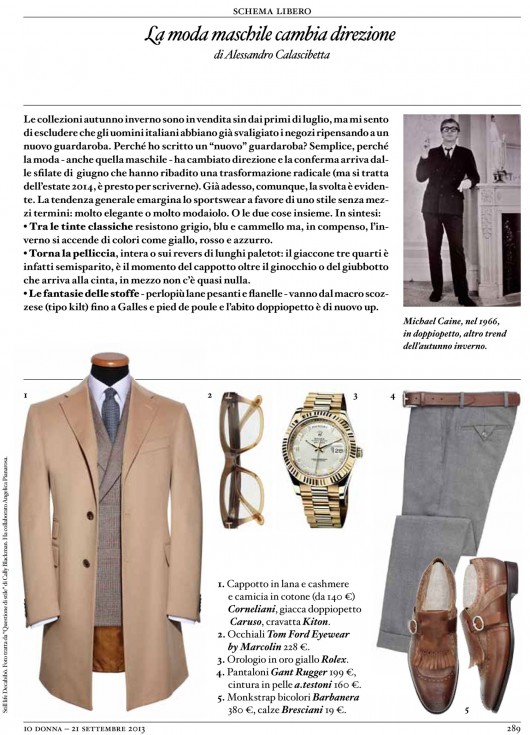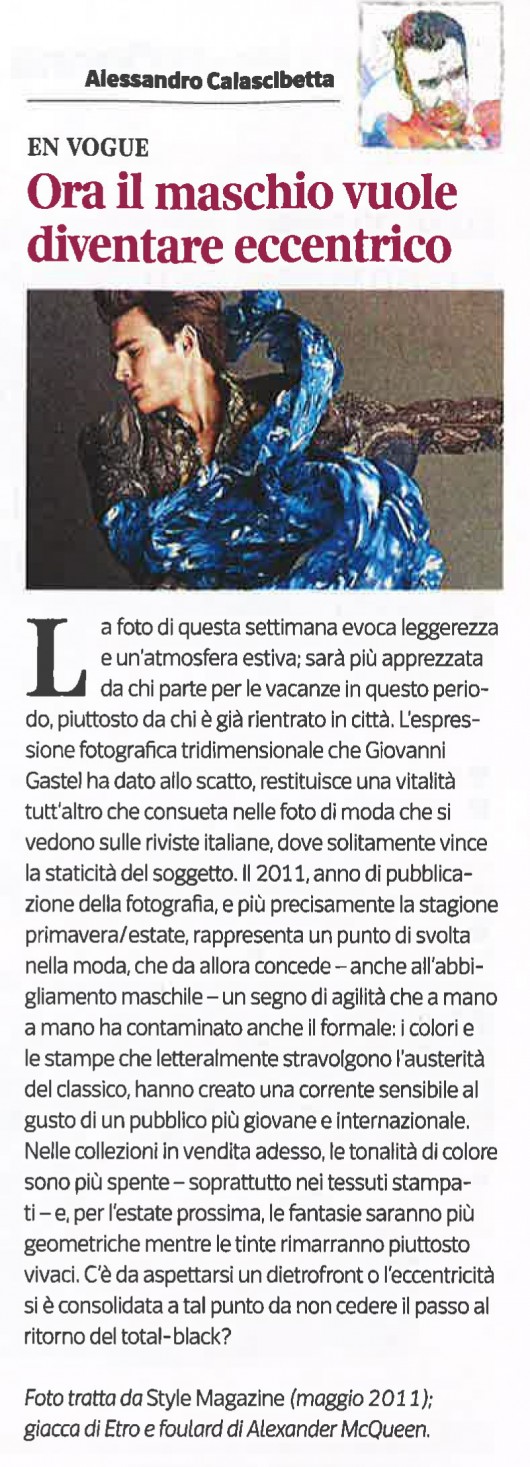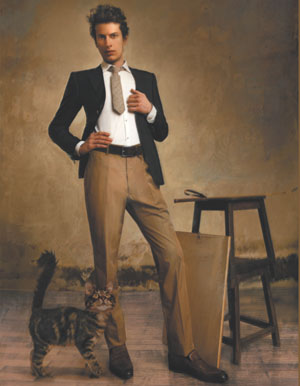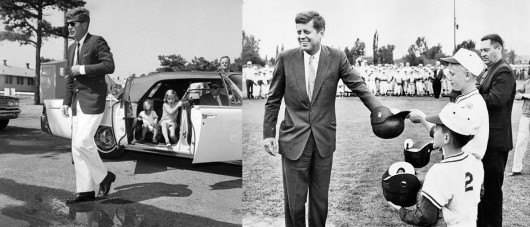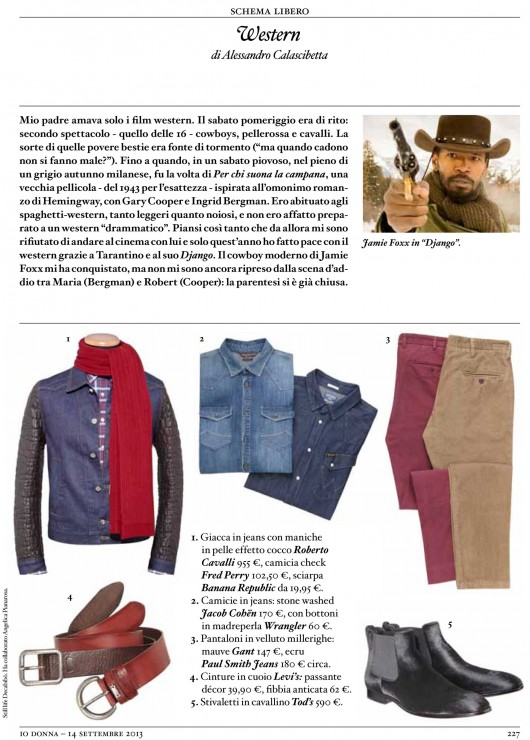SCHEMA LIBERO LA MODA MASCHILE CAMBIA DIREZIONE
Men’s fashion changes direction. Fall/winter collections are sold since the first days of July, but I feel like ruling out that italian men have already cleaned out the stores, thinking about a new wardrobe. Why did I write a “new” wardrobe? It’s simple, because fashion – also men’s – has changed direction; the proof comes from last fashion shows in June that reaffirmed a drastic transformation (but it’s a matter of summer 2014, it’s too early to talk about). By now, anyway, the turning point is clear. The general trend exclude the sportswear in favour of a style with no midtones: very elegant or very fashionable. Or both together. To sum up: – Among classic shades, grey, blue and camelhair last but, in compensation, winter lights up with colours like yellow, red and light blue. – The fur is back, as a coat or as an embellishment on lapels of long coats: the three quarters jacket has, infact, almost vanished; it’s time of the calf-lenght coat or the waist-lenght jacket, there’s hardly anything in the middle. – Patterns on fabric (heavy wool and flanel mainly) goes from macro-tartan to glenchecks and houndstooth, and the double-breasted suit is in again. Michael Caine in 1966, wearing a double-breasted suit, one of the winter trends.





